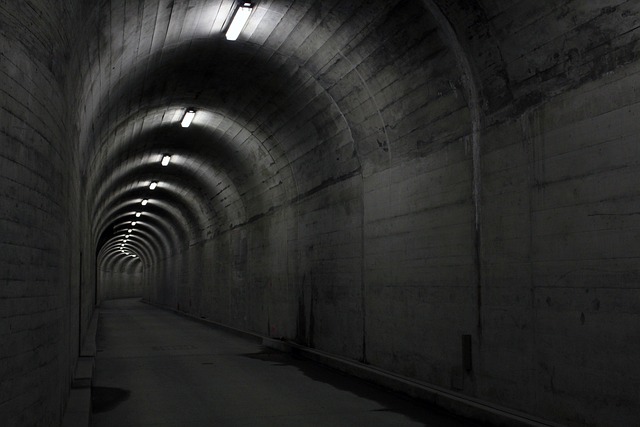Exploring Sound Relations: An Installation Experience
When we think about art installations, our minds often drift toward the visual — vibrant colors, dynamic shapes, and immersive spaces. But what if the core of an installation wasn’t something we see, but something we hear? “Sound relation” is an evocative concept that extends beyond mere auditory perception; it invites us into a deeper connection between sound, space, and emotion.
Imagine stepping into a dimly lit room where every footstep triggers a ripple of echoes, or where gentle murmurs blend with the hum of distant electronics to create a meditative atmosphere. This is where sound relation becomes tangible. It’s not just about sounds existing simultaneously but how they interact with each other and the environment to produce a living, breathing experience.
In installation art, sound relation challenges the traditional hierarchy of senses by positioning sound as an active participant. The interplay between different frequencies, rhythms, and silences shapes how we move, feel, and even think within the space. There’s an intimate dialogue at play — between the artist’s intention and the audience’s perception, between natural acoustics and synthetic noises, and between moments of tension and release.
Being part of a sound-focused installation taps into something profound. It heightens awareness of the unseen forces that shape our reality, reminding us that every whisper and resonance carries meaning. The ambiance created through careful manipulation of sound relationships can evoke nostalgia, provoke curiosity, or even stir unease. It’s this emotional resonance that transforms an installation from a mere arrangement of sounds into an immersive journey.
For those encountering such an installation, it’s almost impossible not to become a participant rather than just an observer. Because sound envelops us, it blurs the line between the artwork and the viewer. This relationship emphasizes how deeply interconnected we are to our environment — how sound can anchor memories, influence mood, and shape our sense of place.
Ultimately, exploring sound relation within an installation invites us to listen more attentively — not just to the sounds themselves, but to the spaces they inhabit and the feelings they evoke. It’s an experience that resonates long after we leave, lingering in thoughts and memories as a reminder of the subtle power of sound in shaping human connection.




